Your cart
There are no more items in your cart

The paint that does not burn is ideal for installations exposed to heat and fire. In this article we help you choose between several options
Main uses and properties of anticaloric paint
Sometimes, you may have to use a paint that retains all its properties in areas where the temperature rises to very high limits.Anti-caloric paint is the ideal option in these cases, as it is specifically developed for these cases.
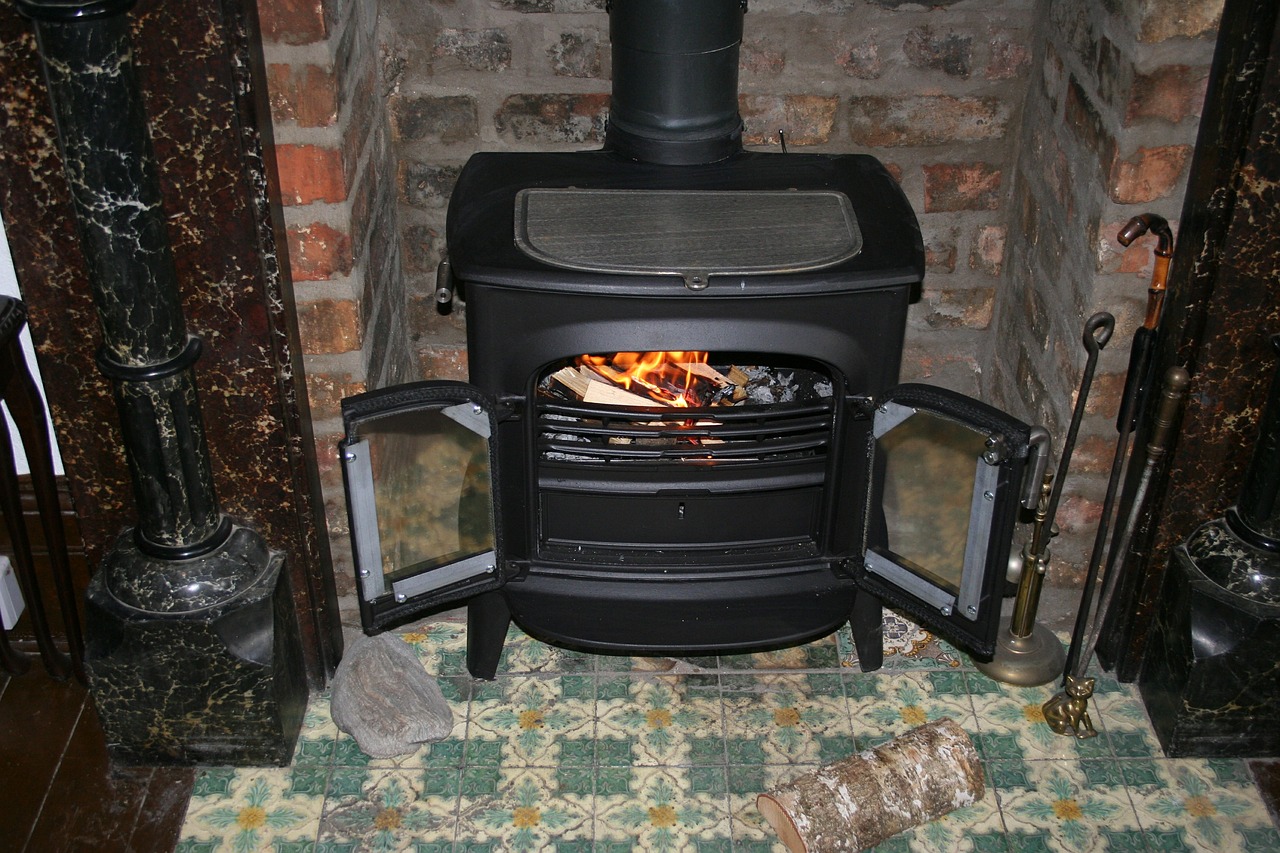
As its name indicates, the fundamental characteristic of this paint is its ability to withstand heat, since its adhesion and performance are not modified even at 600 degrees Celsius. This is possible thanks to the use of various synthetic resins and special pigments that are not damaged by heat.
There are many uses for this type of paint, among which we can highlight the following:
- Coating of heating pipes.
- Protection of chimneys and stoves.
- Application on a metallic barbecue.
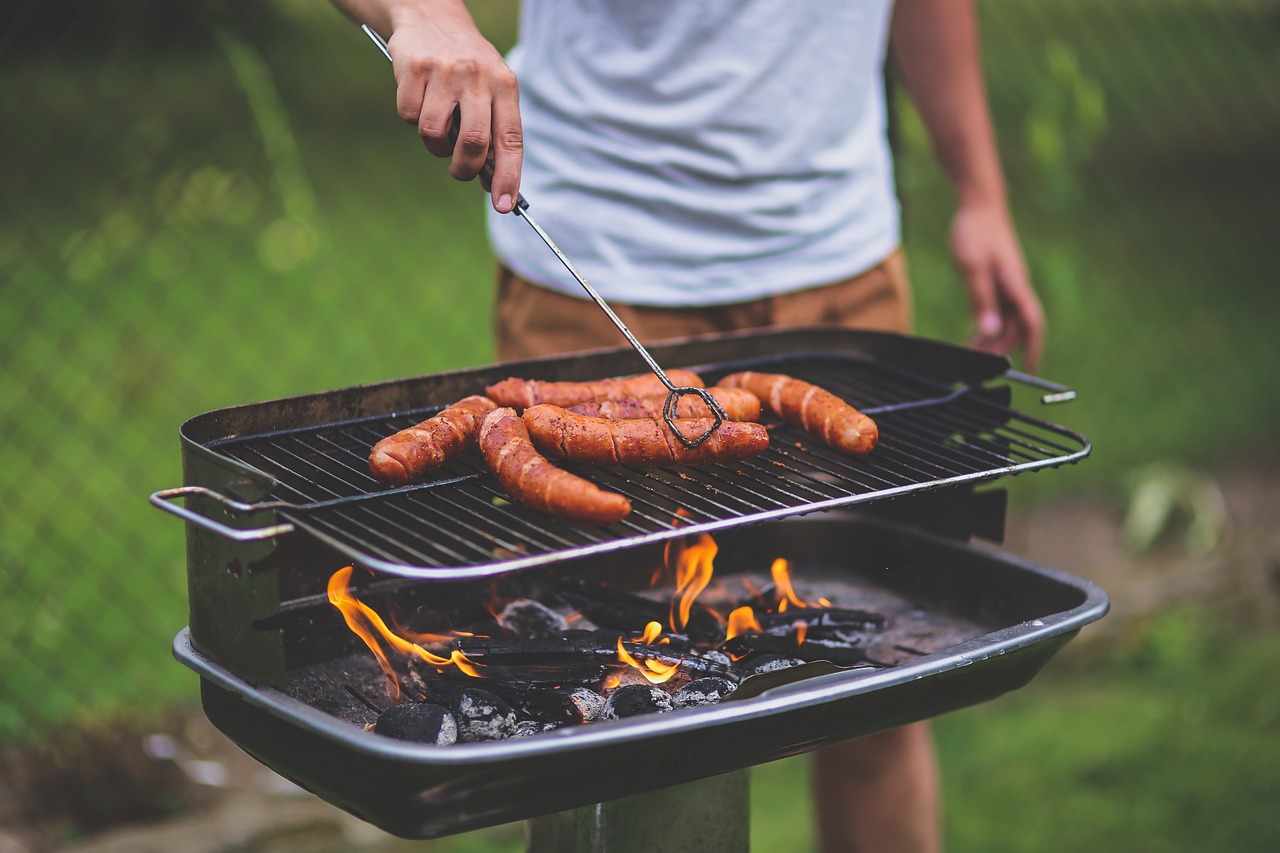
On the other hand, you must also take into account the aesthetic section. In this sense, special paints against heat are available in different colors, so they will help you give a more elegant touch to any structure or pipe.
We also have anticaloric paint in black and aluminum or we can make you an anticaloric paint in the color you want in spray.
If you prefer to respect the original appearance, a very interesting alternative is an anticaloric varnish. Being completely transparent, it will offer you the same degree of protection without altering the final result.
Do not forget that, if you skimp on this section and choose a traditional paint, it is most likely that it will easily detach from the support or even show obvious signs of deterioration due to its bulging. This is something very common in products that are not prepared to withstand high temperatures.
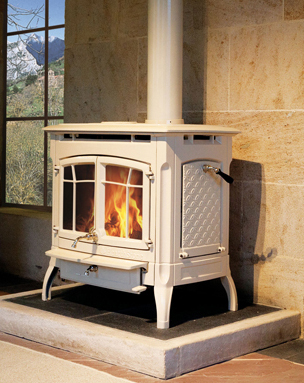
Fire retardant capacity of fire-stop paints
Fire retardant paints are the best solution to protect structures against fire, especially those that can burn easily. For example, in buildings with wooden structures or with a wallpaper coating, this paint is vital to reduce the risk of combustion.
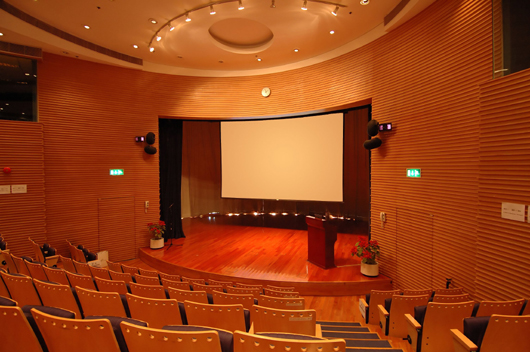
The application of this protective layer acts directly on its support and makes it difficult for the different materials to ignite. In addition, in the event of a fire, its progress occurs much more slowly. Therefore, the main use of these fire paints is related to security. We manufacture fire retardant paint in custom colours.
Many of these fire paints are black, but you also have different colors that you can choose according to your needs. In fact, if you prefer, you can opt for a primer. In this way, you will obtain the same properties as those offered by fire-fighting paint, but you can apply any other color over it.
Remember that some of these primers also offer interesting anti-corrosion features, something that prevents premature deterioration of the steel.
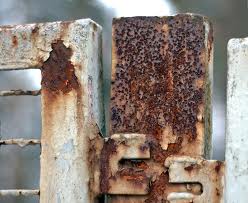
Certificates that allow you to enjoy a quality product
Our fire retardant paints have several certificates that demonstrate their quality:
JOINS EN 13501-1:2007.
UNE-EN 13823:2012.
UNES EN ISO 1716:2011.
UNES EN ISO 11925-2:2011.
What are intumescent paints used for?
We have already seen that one of the most outstanding characteristics of paint that does not burn is related to the fact that it is capable of withstanding high temperatures. However, there is another class that is just as important and that is used, above all, in metallic structures. These are intumescent paints, also called passive fire protective paints, which serve as a coating that provides high fire protection.
This fire resistant paint has the ability to react when faced with a flame. In doing so, it creates a foam that insulates the structure from the high temperature of the fire. Also, this layer does not burn. Therefore, the metal does not deform or lose its resistance due to heat, since the flames do not come into direct contact with the structure.
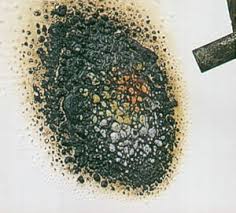
Thus, in the event of large fires in industrial buildings or buildings made entirely of metal, the beams do not lose their resistance and the collapse of the entire structure is avoided.
However, he remembers that these paintings by themselves are not capable of ending the fire, since as long as there is combustible material, the flames will continue to burn. Of course, they are of great help to slow down the progress of the fire and make it easier for the firefighting teams to carry out their work in a safer and more efficient way.
How to achieve the right resistance with a fire-resistant paint
The application of this type of paint must be thorough and precise. Depending on the type of material to be covered and its thickness, a minimum layer must be applied to allow the correct expansion of the foam. Therefore, it is very important that you always follow the instructions of each product to the letter.
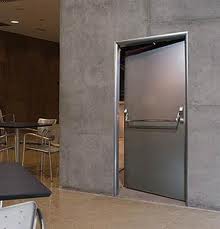
Certificates that you have to check in any painting that protects from fire
Our intumescent paint has the UNE-EN 13501-2:2004 certificate. This standard, approved by AENOR, sets minimum resistance standards in various cases. Therefore, it is vital that the product you use in your installation has the certificate of compliance.
In addition, the UNE 48287-1 standard, which is specifically designed for installations made with a steel structure, is also fulfilled in our product.

Now you know that there is a paint that does not burn and which one to apply in each situation. Each of them is designed to offer you different benefits that vary depending on your needs. In addition, each material requires a different primer, varnish or enamel, so you have to pay close attention to that information.
In any case, if you follow this guide and purchase the appropriate products in our online store, you will be sure of having the best materials for your application. Any questions you have, do not hesitate to contact us.
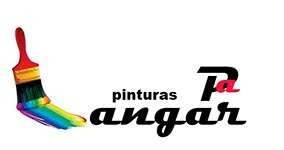
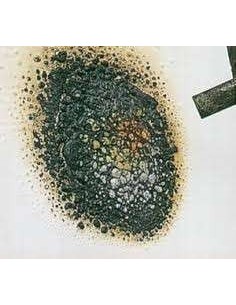





Comments (1)